Stainless Steel H Beam In Stock, Packing And Shipping
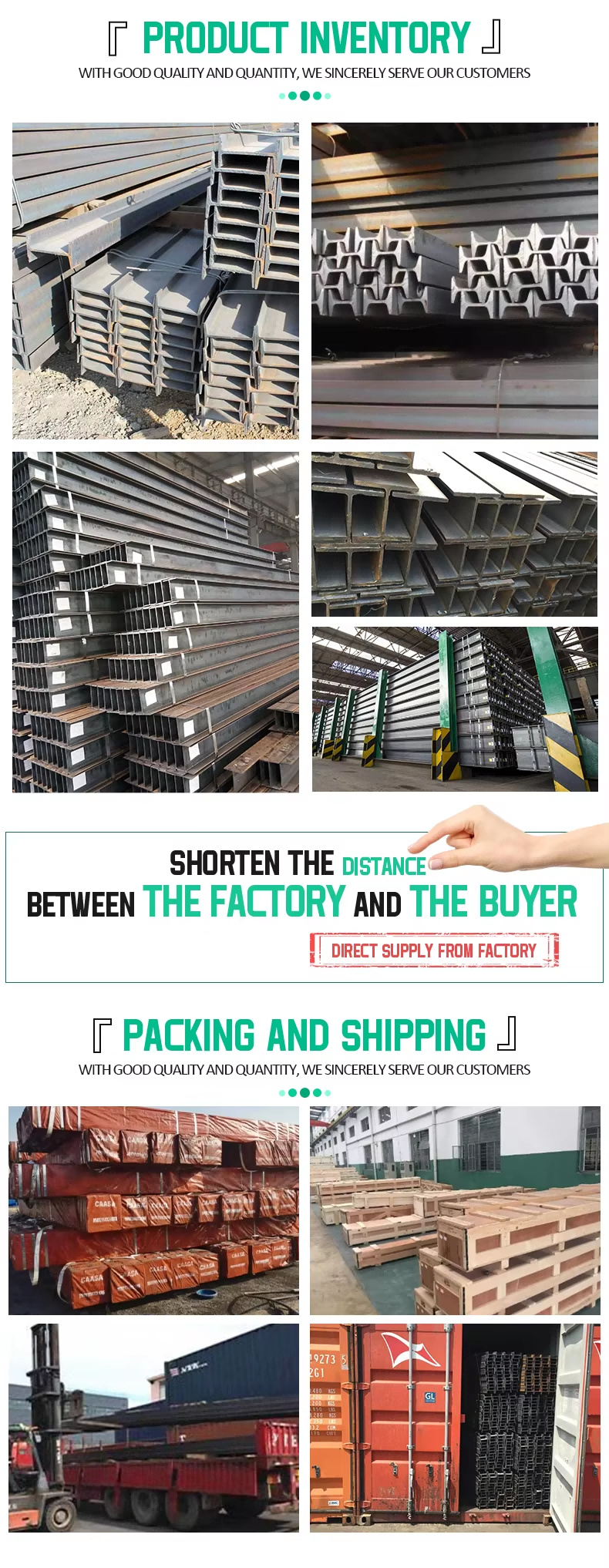
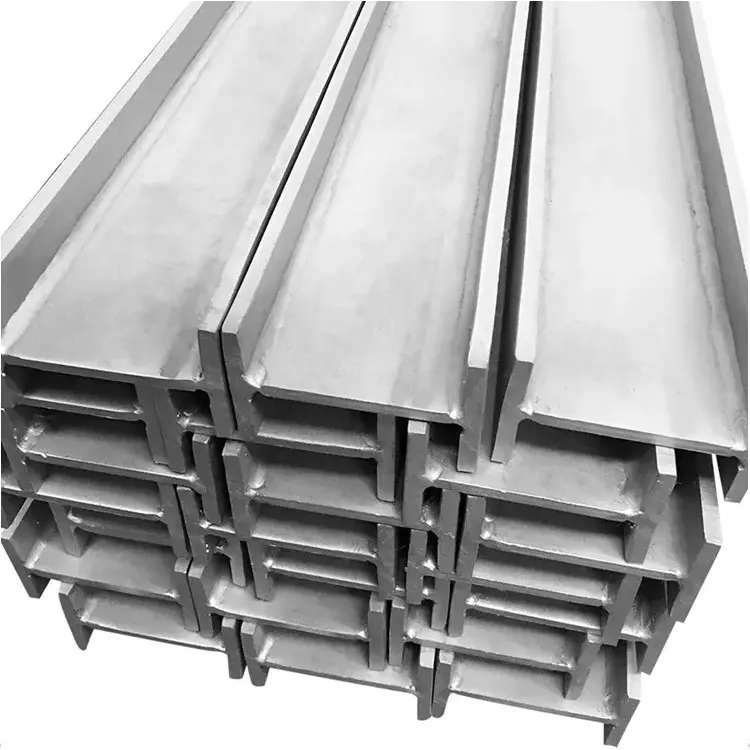
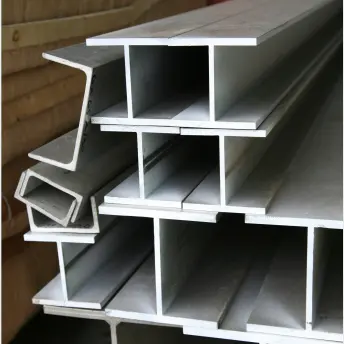
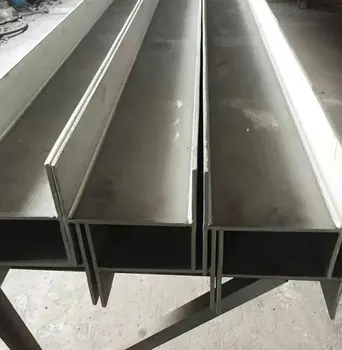
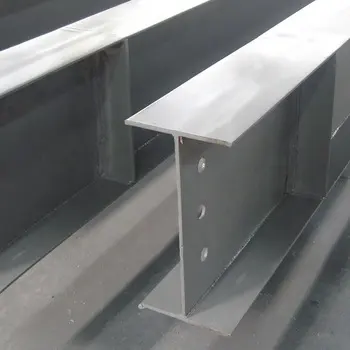
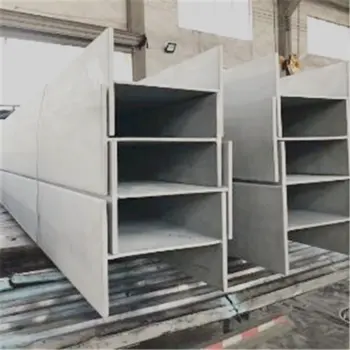
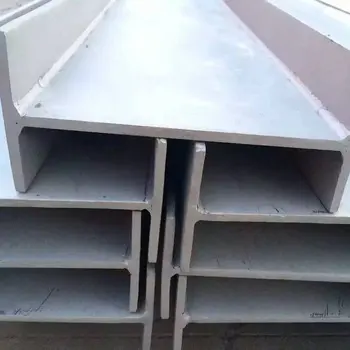






Stainless steel H-shaped steel is a stainless steel material with a cross-sectional shape similar to the letter “H”. Due to its cross-sectional shape with high strength and good bending resistance, it is widely used in construction, bridges, machinery manufacturing and other fields.
Standards: ASTM A240,GB/T3280-2007,JIS4304-2005,ASTM A167,EN10088-2-2005,etc.
Material: 200 Series: 201,202
300 Series: 301,304,304L,316,316L,316Ti,317L,321,309s,310s
400 Series: 409L,410,410s,420j1,420j2,430,444,441,436
Duplex Steel: 904L,2205,2507,2101,2520,2304, etc.
Surface: 2B, BA, No.1, No.4, No.8, 8K, Mirror, Checkered, Embossed, Hairline, Sand Blast, Stain Brush, Etching, or customized.
Certification: ISO 9001, SGS, ABS, BV.
Stainless steel H-beam is a high-performance, multi-purpose structural material. It is widely used in construction, bridges, machinery manufacturing and other fields due to its excellent strength, corrosion resistance and beautiful surface. Understanding its definition, characteristics, production process, application field, specification standards and quality control can better select and use stainless steel H-beam to meet the needs of different fields. Its main features include:
High strength: It has excellent strength and rigidity and can withstand large loads.
Corrosion resistance: Due to the presence of elements such as chromium and nickel, stainless steel H-beam has excellent oxidation resistance and corrosion resistance, and is suitable for various environments.
Aesthetics: The surface is smooth and has good appearance quality, which is suitable for use in exposed structures.
Processability: It has good weldability and processability, and is suitable for various mechanical processing and structural connections.
High temperature resistance: It can maintain good mechanical properties and corrosion resistance even in high temperature environments.
| Standard | ASTM A213, ASTM A312, ASTM A789, ASTM A790, ASTM A240/A480, GB/T3280-2007, JIS4304-2005, ASTM A167, EN10088-2-2005, etc. |
| Technique | Hot Rolled / Cold Rolled. |
| Steel Grade | (ASTM UNS)
200 Series: 201,202 (EN) 1.4301, 1.4307, 1.4541, 1.4401, 1.4404 ,1.4571, 1.4438, 1.4539, 1.4547, 1.4529, 1.4562, 1.4410, 1.4878, 1.4845, 1.4828, 1.4876, 2.4858, 2.4819 Or all as customer’s requirement. |
| Surface | 2B, BA, No.1, No.4, No.8, 8K, Mirror, Checkered, Embossed, Hairline, Sand Blast, Stain Brush, Etching, or customized. |
| Application | Uses of stainless steel sheet include structural and construction applications, pressure vessels, offshore and marine equipment, telecommunication towers, military applications and general fabrication. |
| Certification | ISO 9001, SGS, ABS, BV. |
| Delivery Time | 7-21 working days after receipt of deposit. |
| Monthly Output | 50000 Tons per Month. |
| Payment | TT, L/C, KunLun Bank, Western Union, Paypal, O/A, D/P and etc. |
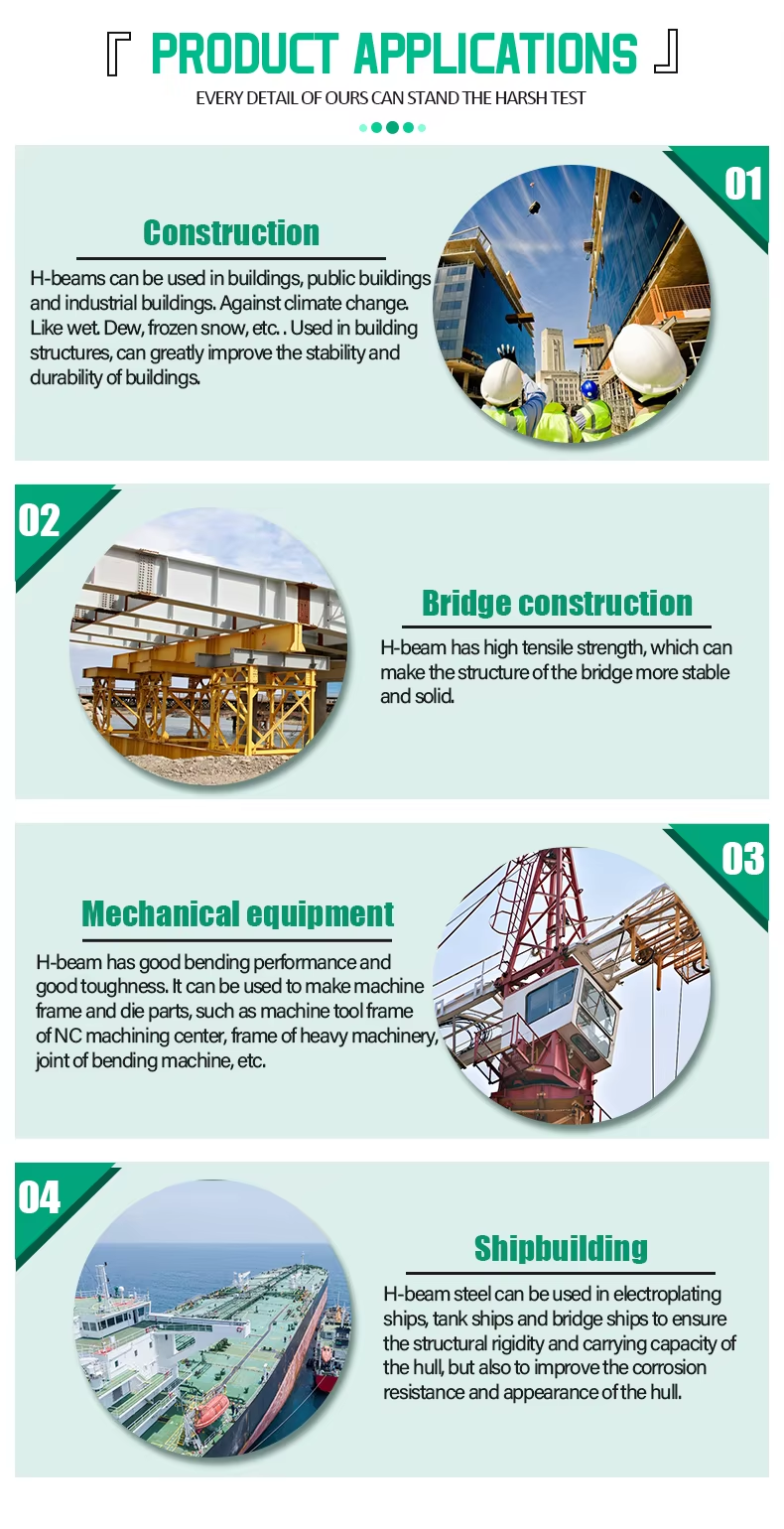

Upgrade your structural framework with our premium Stainless Steel H Beams. Known for their impressive load-bearing capabilities and resistance to environmental factors, these beams ensure stability and safety in any construction project. Their sleek finish adds aesthetic value while maintaining strength.
Ready to get started? Complete the message form now to receive a competitive quote and learn more about the advantages of using Stainless Steel H Beams in your projects!

Shipbuilding steel plate refers to the carbon and alloy steel plate used in offshore and marine contructions, common grades are A, B, D, E, AH32/36/40,
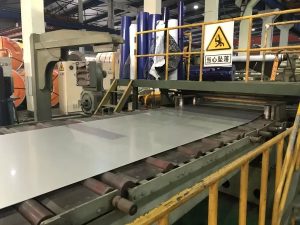
316 stainless steel plate is a higher common use stainless steel than 304&304L, it has 2.0 to 3.0% of Molybdenum content which provides better overal